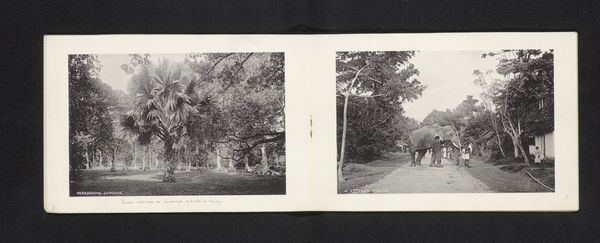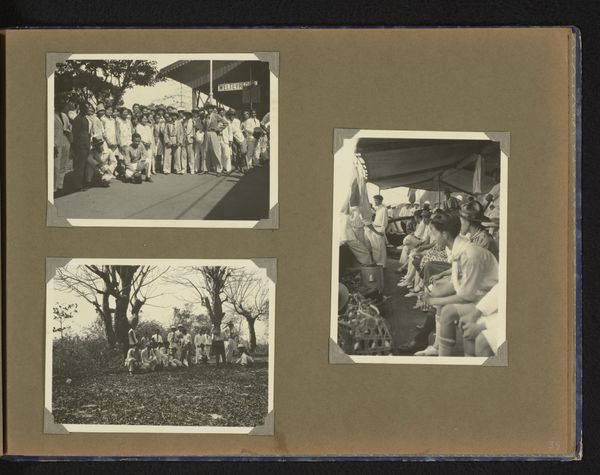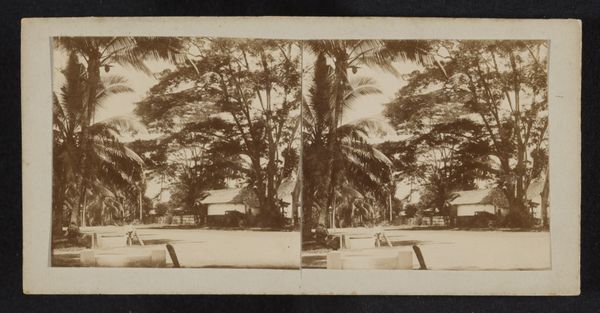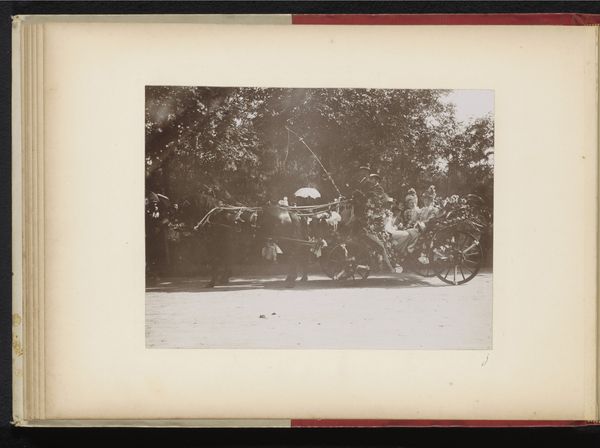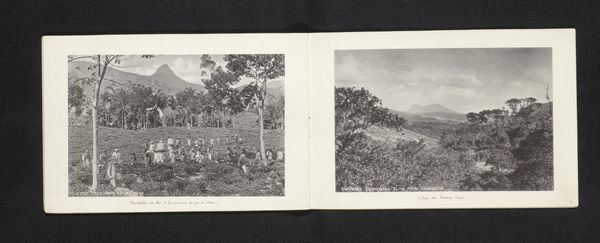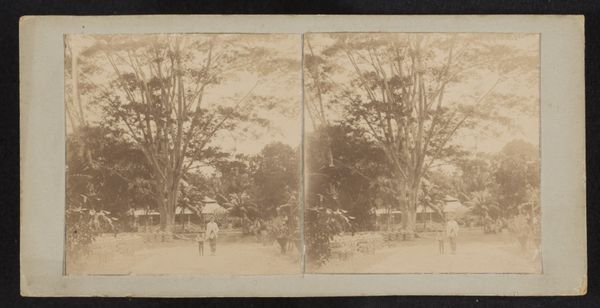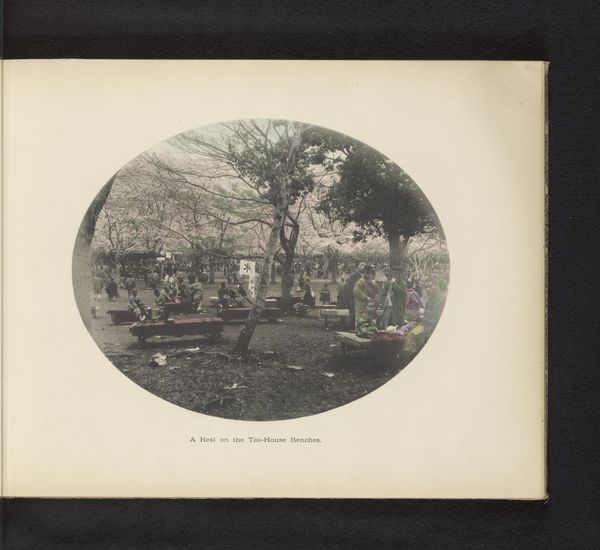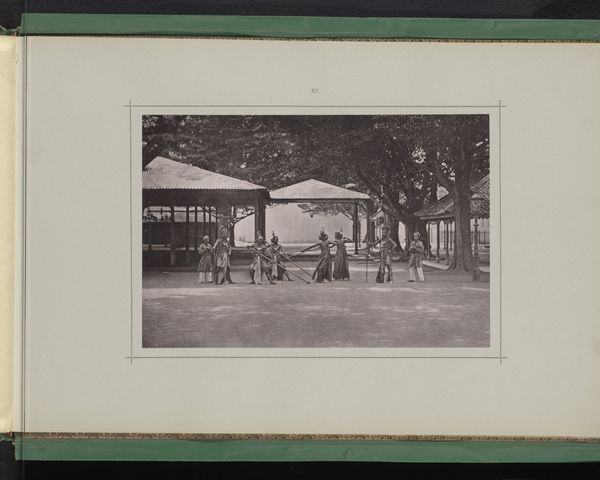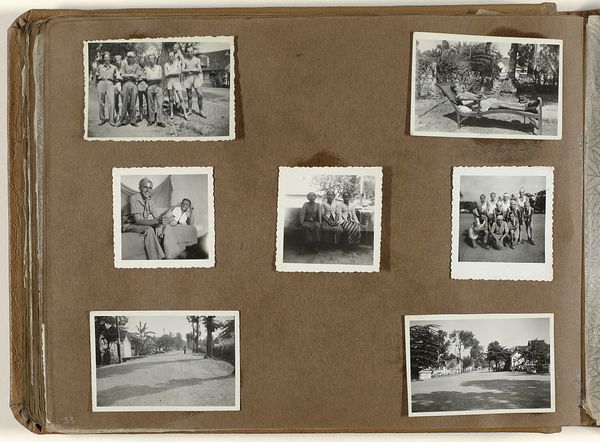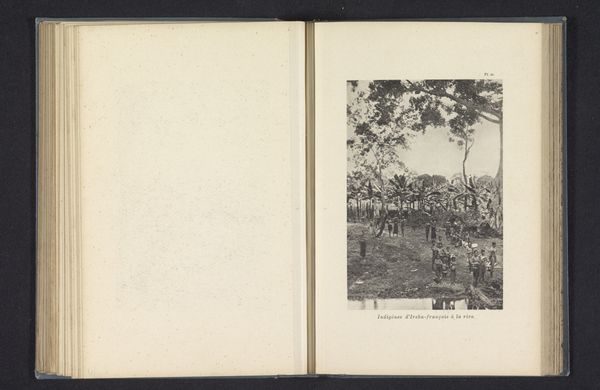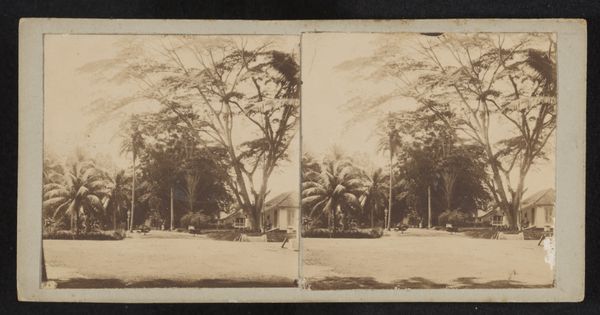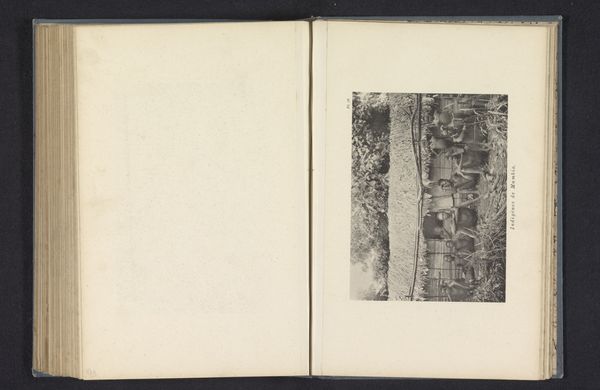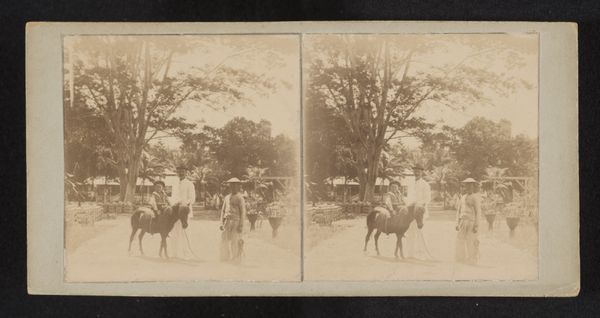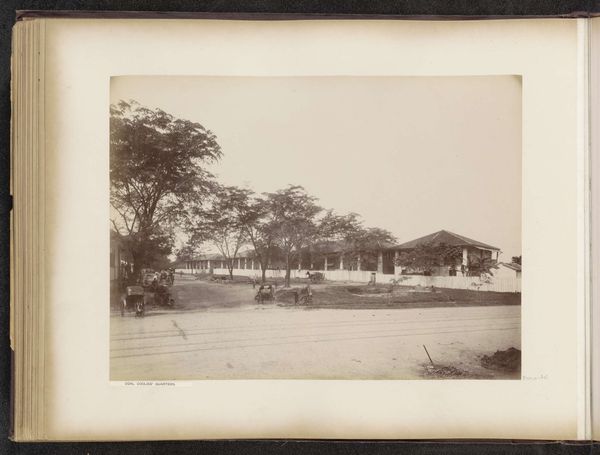
photography, gelatin-silver-print
#
landscape
#
street-photography
#
photography
#
orientalism
#
gelatin-silver-print
Dimensions: height 125 mm, width 188 mm
Copyright: Rijks Museum: Open Domain
Curator: This gelatin silver print, dating from around 1890 to 1910, captures "Gezicht op de pattah markt in Colombo" – or "View of the Pettah Market in Colombo" by Henry William Cave. Editor: It strikes me as an incredibly bustling yet somehow serene scene, doesn’t it? The figures are mostly still or caught in motion, making the viewer almost complicit, watching their routine and stillness. It has such amazing textures and contrasts, like linen and rock. Curator: Exactly. It's also imbued with Orientalist aesthetics common at the time, creating a scene for Western consumption that speaks volumes about colonial power dynamics and romantic notions of the "East." Editor: I’m drawn to the production process, too. Imagine the labor, the precise chemical balances needed to create such sharp details on that gelatin silver surface in that period, halfway around the world! I’m also intrigued by how images such as this helped colonizers not only picture distant lands, but market them to a wider public. Curator: That makes me think of its symbolism. Consider the framing: the figures almost frozen mid-step or gazing, the framing of trees – all symbolic, representing social order, economic activities, and exotic appeal to a British audience back home. Photography as more than mere documentation. Editor: It certainly offered an illusion of documentation. It begs the question of how much control Henry William Cave, had on the photographic scenes he was creating? The photographs capture life that may not necessarily be in sync with the artist’s real everyday life. Curator: Fascinating. In thinking about how images continue to circulate today, and with all these layers of social and material implications of an image such as this, I find it compelling to unpack these narratives in photography. Editor: Absolutely! Seeing this artwork truly makes me want to revisit not only Cave's methods but to re-examine historical frameworks of materiality through the visual cultures of labor in similar contexts and across geographies.
Comments
No comments
Be the first to comment and join the conversation on the ultimate creative platform.
